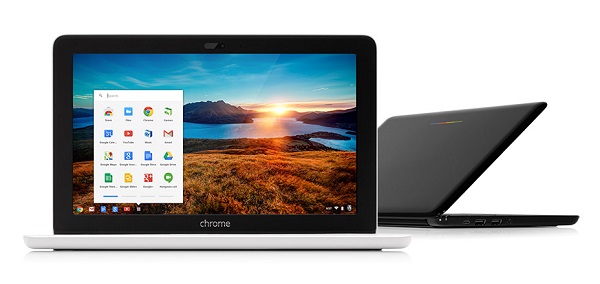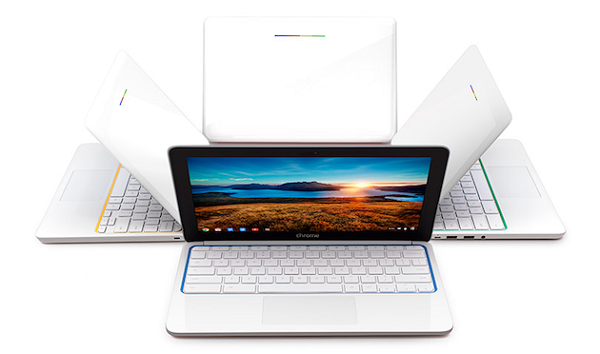By now, microUSB chargers are practically ubiquitous, so making a notebook that charges this way seemed the logical thing to do. Google collaborated with HP for its latest Chrome OS notebook, called Chromebook 11.
The Chromebook family seems to have picked up speed since Google launched its first members, back in 2011. The latest addition comes from HP, as Google has made a habit from diversifying its hardware manufacturers. While the fact that Chromebook 11 charges via microUSB is a major selling point, this Chrome OS notebook has several other features that make it notable.

It’s obvious that HP Chromebook 11 is no match to Google’s flagship, which is the $1,600 Chromebook Pixel. Still, aside from the technical specs (which are not to be neglected, as the Pixel includes a glass touchpad, a touchscreen with an amazing pixel density and a backlit keyboard, among many others), Chromebook 11 and Pixel have quite a few benefits in common, most of them diverging from Chrome OS. Some went as far as claiming that Chromebook 11 is the Pixel for the masses.

The 11 from its name is a reference to the 11.6-inch 1366×768 IPS display, much in the vein of how tablets are named nowadays. Other than that, HP Chromebook 11 includes 2GB of RAM, a 16GB SSD and a Samsung Exynos 5250 CPU that, while not offering a lot of processing power, is sufficient for dual-booting to Linux for more complex tasks.
The 11″ Chromebook made by HP seems to be pretty sturdy, mainly because of the magnesium chassis. The white plastic case will undoubtedly bring to mind some of Apple’s white MacBooks, but Google made sure that Chromebook 11 gets a touch of color, just to remind people who made it.

HP Chromebook 11 will be priced at $279 in the US. On this side of the pond, however, the price will be much higher than that, making a rather good option less attractive.
Even if it would come at a reasonable price in Europe, it’s difficult to make some people happy. A few suggested that Google should make a Chromebook that has a detachable touchscreen and a backlit keyboard, all under $700. Aren’t we asking a bit too much, though? Such people even claim that Google’s notebooks should run Android OS alongside a secondary operating system, but if that isn’t Chrome OS, these wouldn’t be named Chromebooks anymore, now would they?
If you liked this post, please check the Samsung Chromebook website and the first generation of Google Chromebooks.










